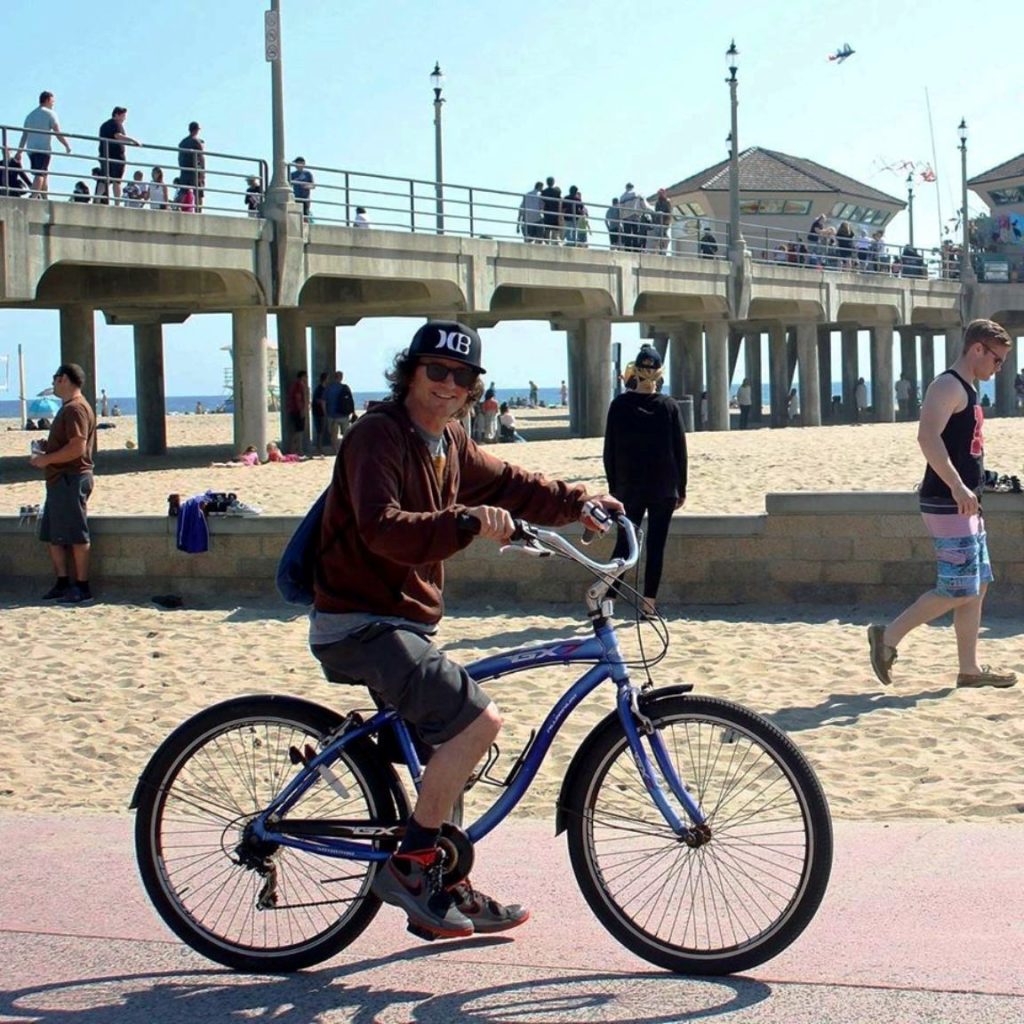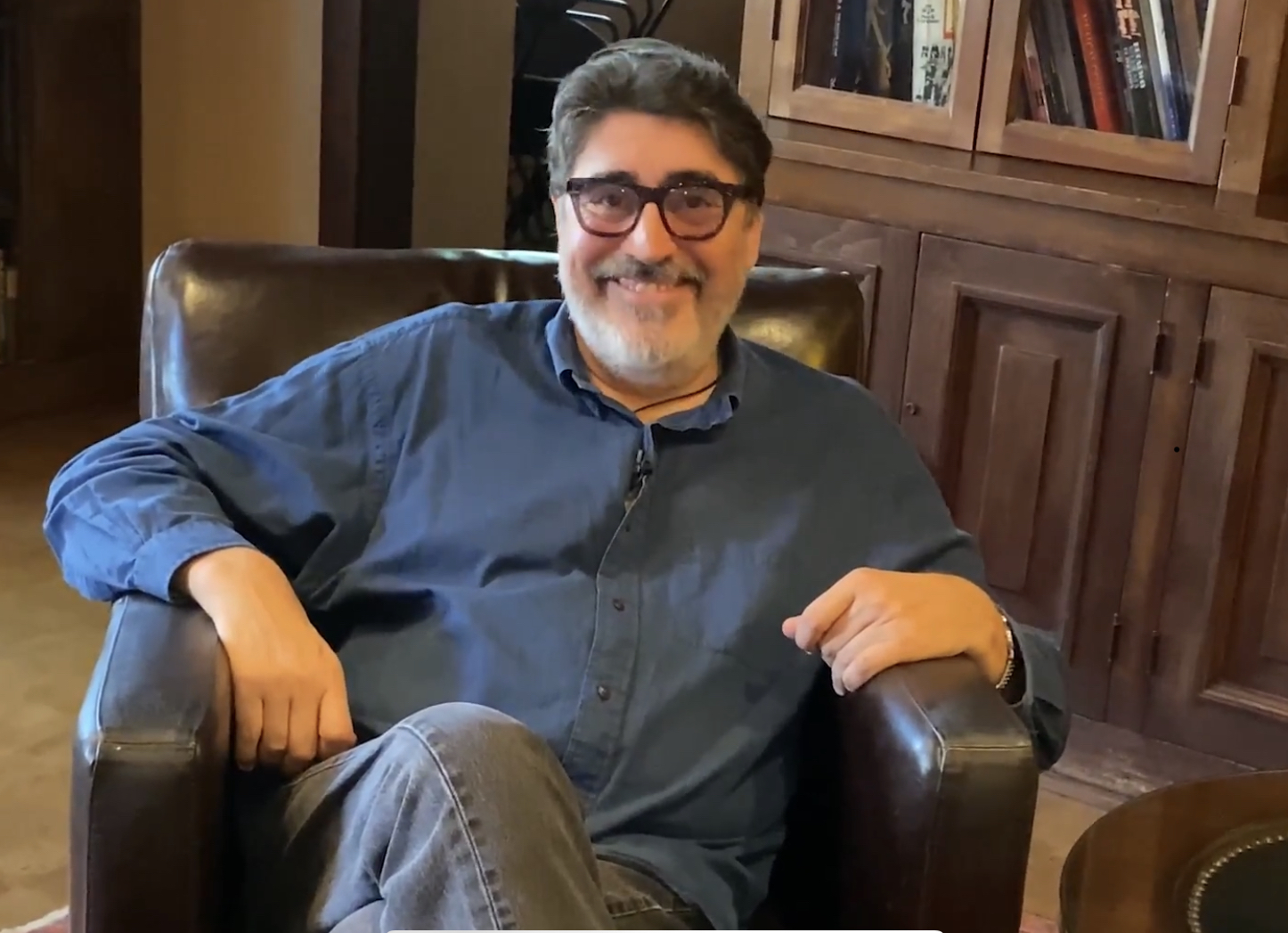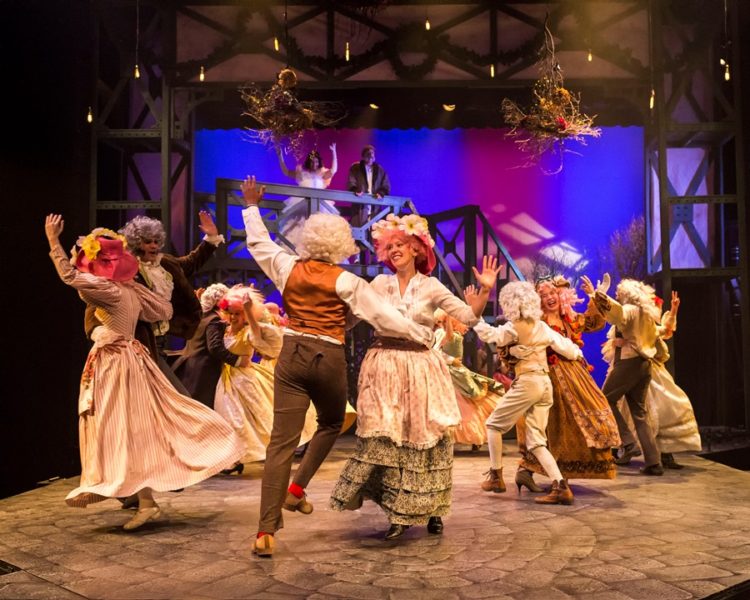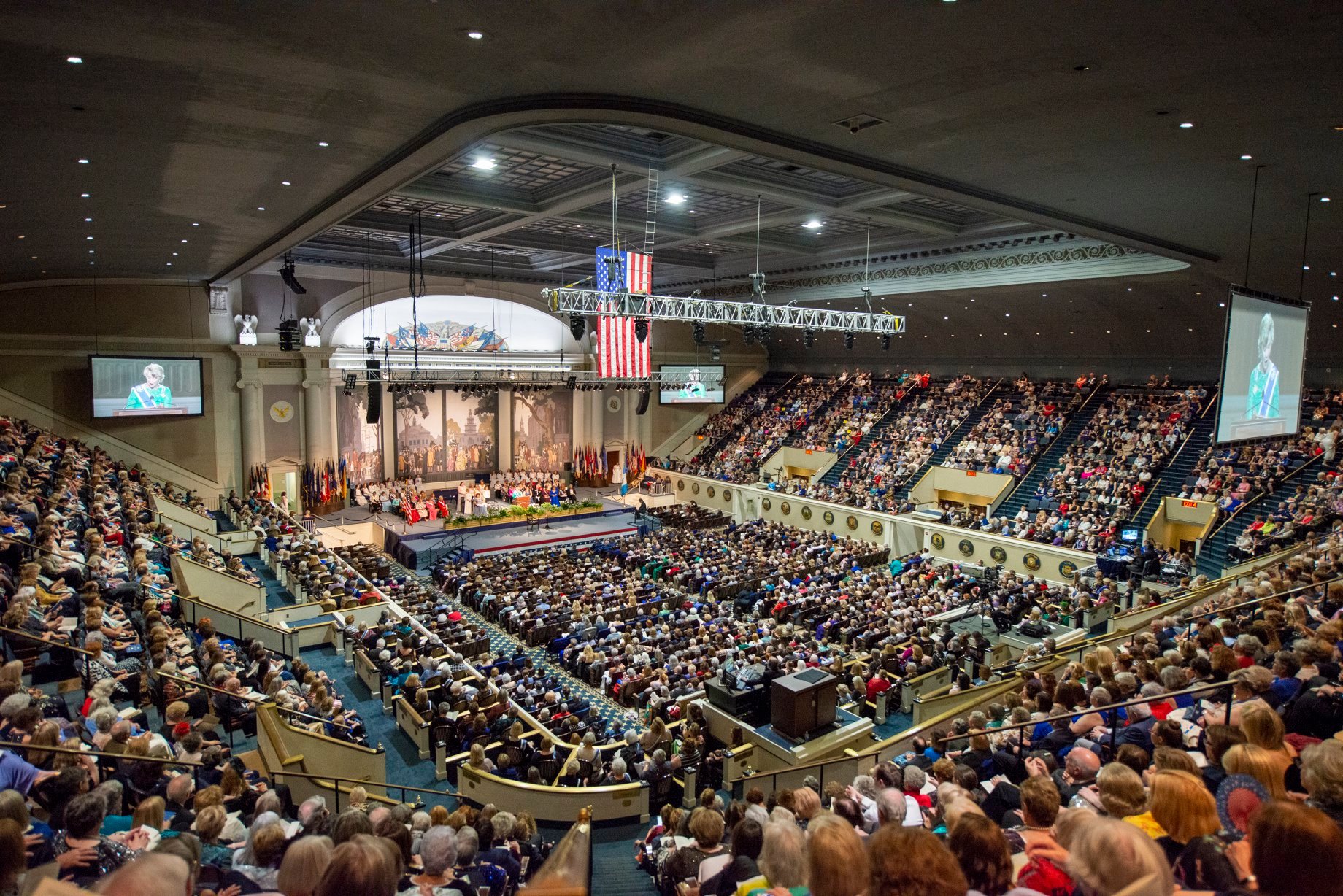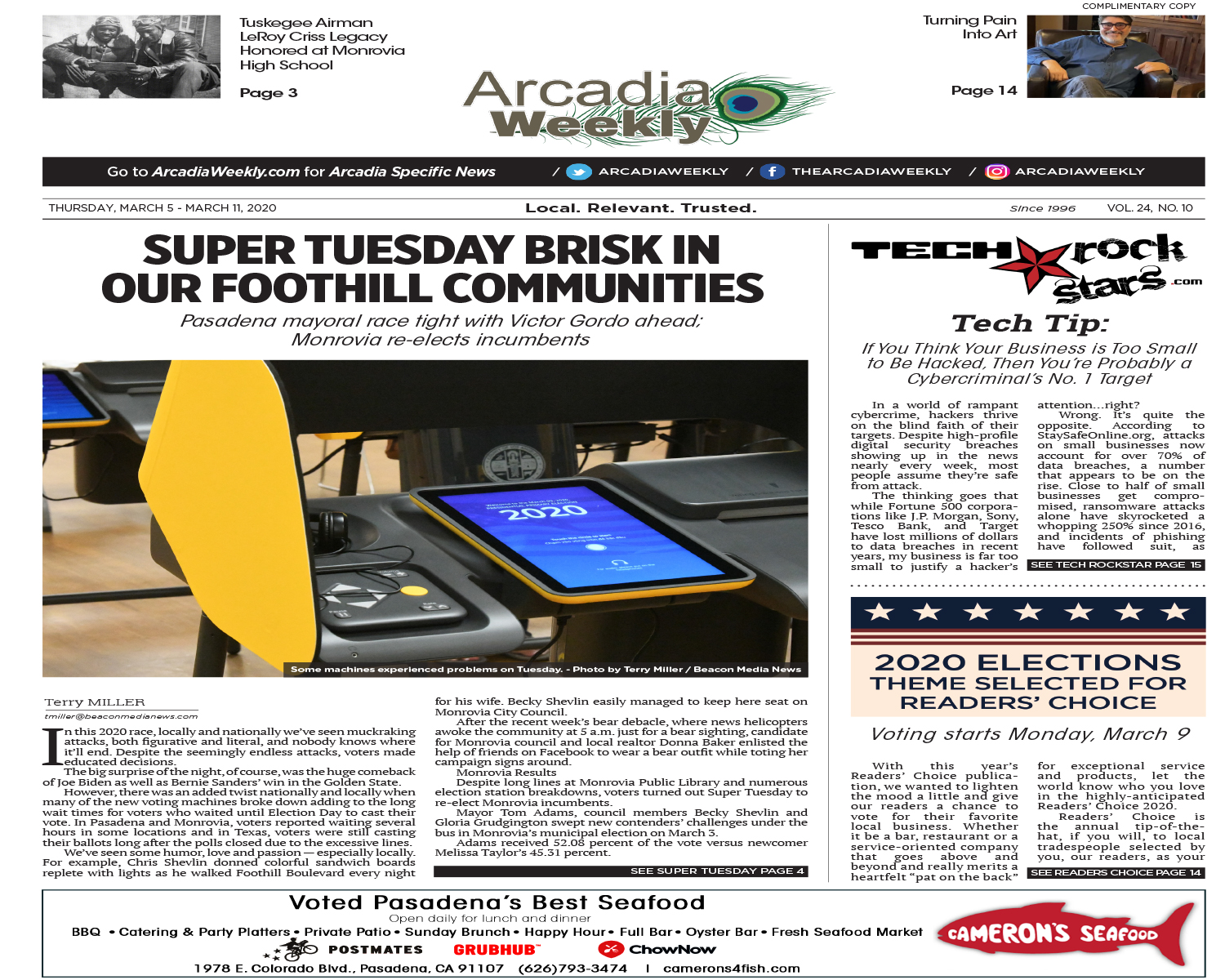By May S. Ruiz
Be transported to a fantastical universe when ‘Alice in Wonderland’ goes on stage from March 1 through April 18 at A Noise Within. Adapted by Eva Le Gallienne and Florida Friebus from the beloved Lewis Carroll books ‘Alice’s Adventures in Wonderland’ and ‘Through the Looking Glass,’ this production is directed by two-time Los Angeles Drama Critics Circle Award winner Stephanie Shroyer. Erika Soto stars as Alice and is joined by Susan Angelo, Bert Emmett, Rafael Goldstein, Julanne Chidi Hill, Kasaey Mahaffy, Justin Lawrence Barnes, and Gabriel Leyva.
The story begins in Victorian England then quickly ventures into the topsy-turvy world that makes Wonderland. There we meet the various creatures that Alice encounters along the way. An ensemble cast becomes the white rabbit, the queen of hearts, the Cheshire cat, the duchess, the caterpillar, the mad hatter, the March hare, the dormouse, and all the other characters.
Rafael Goldstein, who is part of the ensemble, sits down with me one late afternoon to talk about the play and his many roles. In an earlier interview, he mentioned that his father was a teacher and he took home books for the children to read every night. I ask if ‘Alice’s Adventures in Wonderland’ was one of those books.
“I don’t think it was, but we did watch a couple of made-for-TV productions of it,” Goldstein recalls. “Although my father introduced me to the ‘Jabberwocky’ when I was very young because he would use it in his classes to teach parts of speech. For those who are unfamiliar with it, the ‘Jabberwocky’ is a nonsense poem using weird words. But by virtue of the way they sound, and their placement in a sentence, you can apply whatever meaning you wish to the poem. That’s sort of Carroll in a nutshell.”
“If this anecdote is to be believed, when Carroll first started writing ‘Alice’s Adventures in Wonderland,’ he set out to write a children’s story without a moral,” continues Goldstein. “All the children’s tales at the time taught lessons – listen to your parents, don’t talk to strangers, stuff like that. This was pure fancy, it was creating this world around this child that she could disappear into. It’s an interesting take because Alice is being confronted with characters – animals and people – and the rules of that world keep changing so she’s having to adapt. You can’t help but feel that it’s a comment on what the world does to children – people who are thrown into a country where they don’t speak that language so they have to figure out from clues and context what the rules of engagement might be. And it really just points out the fact that the rules in any world can be arbitrary and how, often, children bear the brunt of those arbitrary rules.”
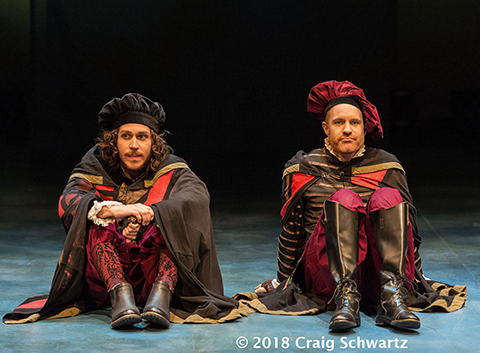
According to accounts, the original handwritten and illustrated copy is now lost and Carroll made revisions when he gave in to pressure to publish it into a book. Perhaps that was when he added the situations where lessons can be gleaned, I conjecture.
Goldstein explains, “He did mention in subsequent interviews how people were finding meaning and he was cagey about that. There’s a famous riddle in ‘Alice in Wonderland’ – why is a raven like a writing desk? Scholars at Oxford and Cambridge have been speculating whether it’s a math or a literature joke. Carroll was a mathematician so mathematicians claim that it’s clearly a mathematical equation and if you look for the clues you can find out the answer to it. Others were saying that one of the explanations for why a raven was like a writing desk was a reference to Edgar Allan Poe. But Carroll resisted all attempts to explain his work or to assign any meaning. He waffled a lot on it, but, at the end of the day, I think he wanted to maintain this aura of mystery and whimsy. And I think this production succeeds in that – it is a presentation of this world and does a good job of honoring Carroll’s stated intention. But as to the work itself, I think audiences will see what they want to see.”
Asked for his impression, Goldstein confesses, “I’ve read it now a couple of times during this process and I’m guilty of assigning meaning to it. It does feel like he’s preparing Alice for adulthood. And I feel like he’s trying to give her this story that illustrates how difficult it is to navigate the adult world.”
“This play combines both ‘Alice’s Adventures in Wonderland’ and ‘Alice Through the Looking Glass.’” elucidates Goldstein . “The first half is light and whimsical and zany. The second half is much more abstract and a little threatening, a little philosophical. I think that that structure is there on purpose – to put you at ease in the first half so that you’re open and available for the philosophical dissertation that he’s presenting to Alice.
“It’s a cast of eight – Erika Soto is Alice and stays Alice throughout and the other seven of us are taking on the rest of the roles. We’re doubling, tripling, quadrupling and reaching very deep into our bag of character voices and faces. I play the mad hatter, Tweedledee, a crab, which I’m very proud of, a caterpillar, and some Victorian spirits. The characters in this adaptation are straight out of Lewis Carroll’s – they are very colorful and each of them has their own point of view and communicating so they have to be reflected in the performance.”
“It’s been a wonderful challenge, actually,” Goldstein discloses with a laugh. “It’s been a lot of fun. Because these characters are so iconic and so much a part of the vernacular of the literary world, you’ll find a reference to ‘Alice in Wonderland.’ So people coming to the show will have their own versions of Alice, the mad hatter, the March hare, Tweedles Dee and Dum. Part of what we’ve been exploring and experimenting with is finding a new way of approaching them.
“Yes, this production is recommended for ages six and up but we also have to remember that adults are watching it as well. Tapping into what makes these characters compelling and indelible, and why they’ve lasted for so long has been a joy.”
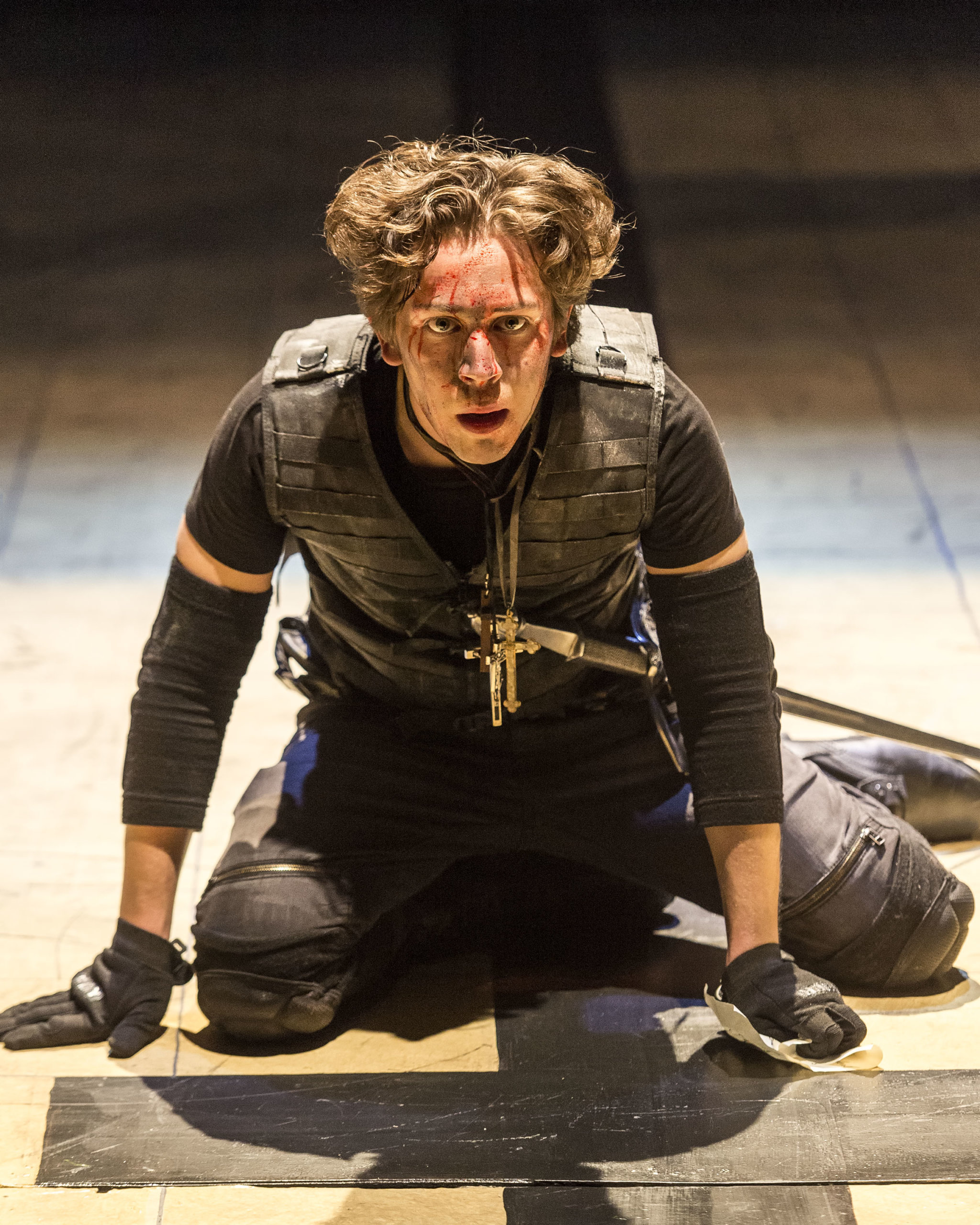
How does this production make a fantastic world come to life? I inquire. Rafael says, “We have access to the best designers in town. This play is a director’s and designer’s dream. Actors can only do so much with our physical bodies and everything else will come from the costumes, sets, lighting, music. They are crafting this world around us. In the rehearsal hall, we would be going through a scene and all the actors would be deep in thought about what’s happening in it– she’s going to cry and because she’s a giant, her tears will create an ocean. And all of us are sitting there asking how this is going to happen. Then we get down into the theatre and the designers will say ‘we’ll just throw a light there, we’ll have a sound cue there’ and as we run it, all of a sudden the world becomes clear. And while Carroll might not want us to have a point of view or an attempt at understanding or deconstructing the piece, it is the artist’s job to have a point of view, to have this nonsense make sense. The designer’s work is valuable in communicating that not only to the actors but to the audience as well.”
Goldstein says about the production, “There’s something in the production that will appeal to all ages. For those of us who are older, it’s an opportunity to reclaim a piece of childhood that we think we’ve left behind as we become adults. It’s a chance to live in that fantasy world unapologetically. And I’m reveling in that opportunity right now where play is serious and serious matters are ridiculous. That inversion is fun to experiment with.”
“I think this story is important especially now when the world seems inexplicable. I think this play does a good job of saying ‘It’s okay. No matter how strange, upsetting, unpredictable, or crazy things around you may seem, there’s a very good chance you will prevail because you’re prepared. ‘Readiness is all,’ as Hamlet says,” concludes Goldstein.
Looking at it that way, we can all take life lessons from Alice’s experience and be ready for whatever the world throws at us.


